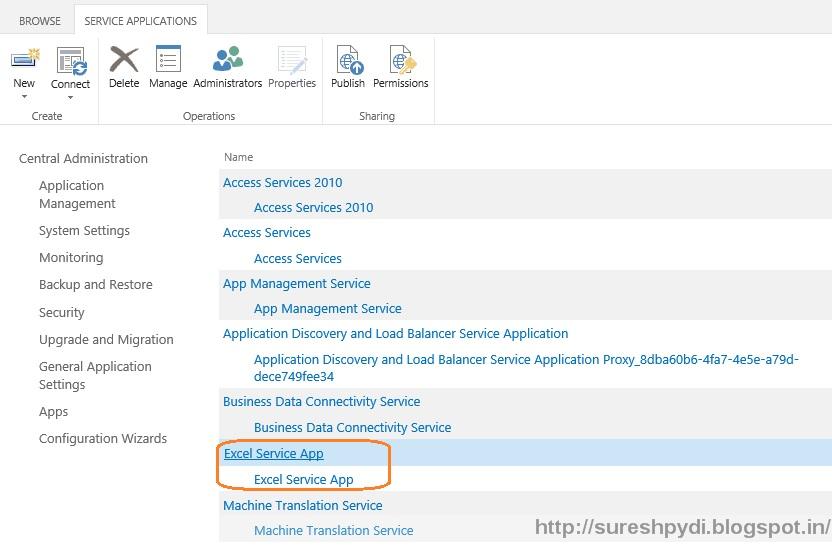To display the content from a list or library that is shared
as catalog, we have to connect the publishing site collection to the catalog. To
connect the publishing site collection catalog, catalog content and term set
should be integrated to the publishing site collection and friendly URL need to
create for the item details page.
We can connect the publishing site to a catalog by the steps
below,
Navigate to publishing site setting page and click on Manage
catalog connections link in Site Administration section.
Click on Connect to a catalog in Manage catalog connections
page.
Click on connect button to connect the catalog. We can
search specific catalog by searching in catalog name search field.
In Catalog Source Settings page Connection Integration
section, to make the content available to the publishing site and to integrate
catalog tagging term set to publishing site navigation we have to select
Integrate the catalog into my site option. To make catalog content only
available for publishing site, we have to select Connect, but do not integrate
the catalog option. By selecting this option, we can use content from library
to create individual catalog items.
We can specify the terms for catalog tagging to integrate the
publishing site navigation terms in Navigation Hierarchy section. To integrate
the catalog tagging term set from a different term, Click on Browse for a valid
choice, Next to the Root term of hierarchy box. We can see Select: Add Terms
dialog box that corresponding to the catalog tagging term set and click on OK.
Select Include root term in site navigation check box to integrate the root
term to the parent of selected term.
By specifying the terms in publishing site term set in
Navigation position section we can set where the catalog tagging term set
should be integrated.
In Navigation pinning section, by selecting Pin terms to
site navigation check box we can made the changes in catalog tagging term set
to be updated.
In Catalog Item URL Behavior section, By selecting Make URLs
relative to this site option, we have to specify the catalog item URL to
display the item details page in search index section.
In Catalog Item URL Format section, to use the field that
specified primary key for shared library or list as catalog select Use the
default URL format provided by the catalog source option. By selecting manually
define a URL format option we can define the format for the URL manually. To
construct custom URL based on the catalog properties we have to select Construct
a URL format from catalog properties option and click Add button by selecting
max five fields in Available Fields list.
In Category Page section, click on Create a new page to SharePoint
2013 server automatically create new category page for catalog content and
select master page. Page will be automatically added to Pages library. By
selecting Use an existing page, we can use already created category page.
To create new item in catalog content click on Create a new
page and select master page. To use existing page select Use an existing page
and specify the location. Click on OK.

















































